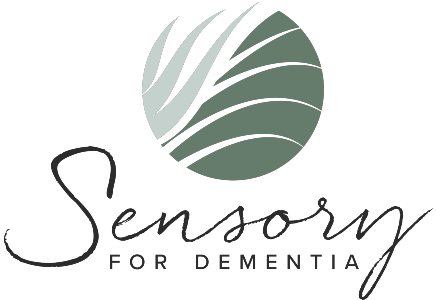
When recently playing Psych during a virtual game night with friends, it was predicted that if I ever opened a museum, it would contain pictures of me hugging people all around the world. ACCURATE. Hugs are my sensory love language! How many hugs do you get a day? How many hugs do you think you need a day?
The sensory input the body receives from a good bear hug can be SO calming, comforting, and connecting when mutually consensual. Check out this sensory analysis of a hug:

Some people seek hugs and other forms of physical touch, while others avoid or show resistance to touch. Every person has a unique sensory profile with different sensory preferences and needs. Therefore, one-size-fits-all sensory recommendations do not work.
Furthermore, a person’s sensory profile can change depending on a variety of factors including the environment, window of tolerance, and quality and quantity of sleep received.
You may crave hugs (like me!), but keep in mind that others may be over-responsive to touch. When a person is sensory over-responsive, it means they respond more than expected to input.
Most noteworthy, if you are over-responsive, you need more control over sensory input so it feels less alarming. This control provides you with increased predictability and a sense of safety. In other words, you know what to expect and when to expect it.
Guidelines to ensure hugs are mutually desired, expected, and regulating:
- Firstly, no surprise hugs: Approach the person from the front instead of the back or side.
- Secondly, no forced hugs: Smile, extend your arms, and ask for permission: “Can I give you a hug?”
- If granted permission, provide a tight, confident, and caring hug. You know how “dead fish” handshakes feel sloppy and uncomfortable? So do “dead fish” hugs.
- When visiting family or friends, it is advised not to require hugs during interactions. Suzannah Weiss reminds us that “hugging someone without consent just to be polite can have unintended consequences”.
Not all people with dementia can verbally communicate their preferences. This is why observation of body clues for non-verbal communication is critical for their safety and authenticity. Here are some non-verbal indicators that tell us a hug or other types of touch are NOT consensual:
- Facial grimacing
- Muscle tension or tightening (finger splay, stiffening of the neck, fisted hands)
- Moving away from the touch by turning away or pulling away
- Transitioning to a closed posture: crossing the arms
- Verbal aggression: yelling, screaming
- Becoming physically aggressive: hitting, biting, pinching
It is important that care partners proactively read cues of discomfort, and then respond accordingly. Make all touch predictable by asking first. Even if the touch is necessary (i.e. assisting with a bed bath or changing a soiled pull-up), it is STILL important to make that touch predictable, expected, and safe. This approach supports person-centered care.
Narrate what you are doing and why you are doing it. Every. Single. Time.
Benefits of hugging
There are numerous research-supported benefits of consensual hugs and other forms of deep touch tactile input. For example, decreased anxiety, improved immunity, improved interpersonal relationships, and better heart health.
“We need 4 hugs a day for survival. We need 8 hugs a day for maintenance. We need 12 hugs a day for growth.”
Virginia Satir
“…here’s your prescription from Dr. Love: eight hugs a day. We have found that people who release more oxytocin are happier. And they’re happier because they have better relationships of all types. Dr. Love says eight hugs a day. Eight hugs a day – you’ll be happier and the world will be a better place.”
Paul Zak, TEDGlobal 2011
Students from Harvard University and Johns Hopkins University summarize the benefits of touch therapy. Benefits include decreased cortisol (stress hormone) and increased dopamine and serotonin (the “feel-good” neurotransmitters that support mood regulation, impulse control, etc.).
Why not EMBRACE the routine of 8 hugs a day? Most importantly, hugging is a win-win way to improve health and connection.
Sample routine to achieve 8 hugs a day:

DISCLAIMER: Although I am an occupational therapist and the information compiled is based on years of training and clinical experience, this is NOT a place for skilled therapeutic intervention. The ideas presented on this website and in products are for informational/educational purposes only and are not medical advice.
A website does not replace an individualized plan of care developed as the result of assessment, clinical observation, and collaboration between therapist, client, and care partner(s). If you are concerned about the cognitive, sensory, or functional abilities of yourself or someone you know, then you should talk with your physician or your therapist.
